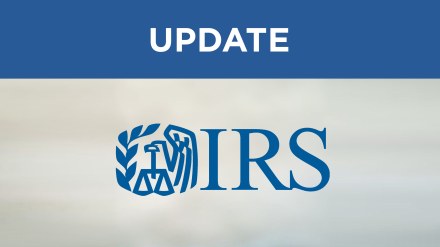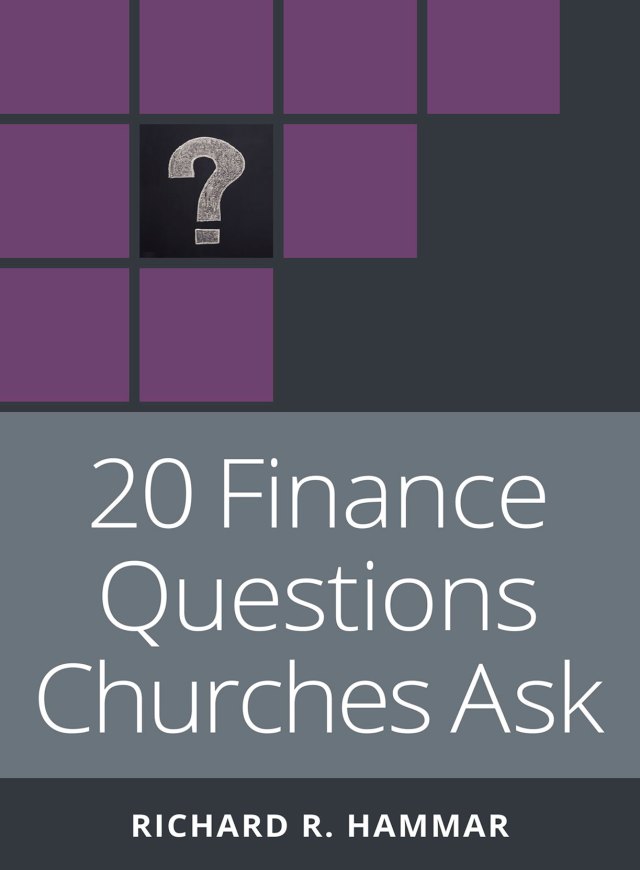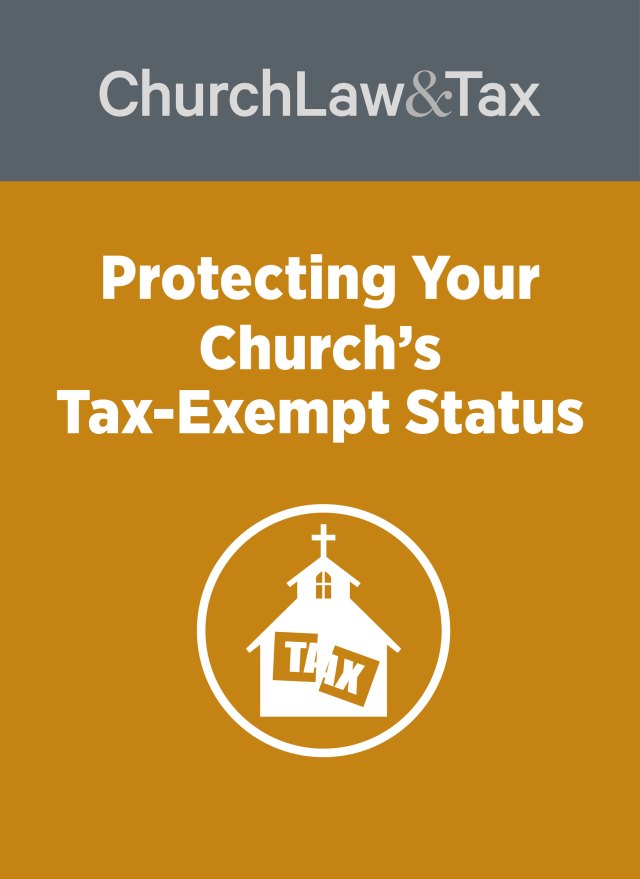The Internal Revenue Service (IRS) has issued a notice with substantial changes to the group tax-exemption procedures. These changes are significant to denominations that have a group ruling and churches that are covered by the ruling.
What is a group exemption and why is it helpful?
The IRS sometimes recognizes a group of organizations as tax-exempt if they are affiliated with a central organization—such as a denomination covered by the group ruling. This avoids the need for each of the organizations to apply for exemption individually. A group exemption letter has the same effect as an individual exemption letter except that it applies to more than one organization.
Group exemptions are an administrative convenience for both the IRS and organizations with many affiliated organizations. Subordinates in a group exemption do not have to file, and the IRS does not have to process separate applications for exemption. Consequently, subordinates do not receive individual exemption letters.
Exempt organizations that have, or plan to have, related organizations that are very similar to each other may apply for a group exemption. Groups of organizations with group exemption letters have a “head” or main organization, referred to as a central organization. The central organization generally supervises or controls many affiliates, called subordinate organizations. The subordinate organizations typically have similar structures, purposes, and activities.
To qualify for a group exemption, the central organization and its subordinates must have a defined relationship. Subordinates must be:
- Affiliated with the central organization;
- Subject to the central organization’s general supervision or control; and
- Exempt under the same paragraph of IRC 501(c), though not necessarily the paragraph under which the central organization is exempt.
Background
In 1980, the IRS issued Revenue Procedure 80-27, which sets forth the rules for obtaining a group exemption. Basically, the central organization submits a letter to the IRS on behalf of itself and its subordinates. The letter includes:
a. Information verifying the existence of the required relationship;
b. A sample copy of a uniform governing instrument (such as a charter, trust indenture or articles of association) adopted by the subordinates;
c. A detailed description of the subordinates’ purposes and activities including the sources of receipts and the nature of expenditures;
d. An affirmation by a principal officer that, to the best of the officer’s knowledge, the subordinates’ purposes and activities are as stated in (b) and (c) above;
e. A statement that each subordinate to be included in the group exemption letter has furnished written authorization to the central organization;
f. A list of subordinates to be included in the group exemption letter to which the IRS has issued an outstanding ruling or determination letter relating to exemption;
g. If the application for a group exemption letter involves IRC 501(c)(3), an affirmation to the effect that, to the best of the officer’s knowledge and belief, no subordinate to be included in the group exemption letter is a private foundation as defined in IRC 509(a);
h. For each subordinate that is a school claiming exemption under IRC 501(c)(3), the information required by Revenue Procedure 75-50.
i. A list of the names, mailing addresses (including ZIP Code), actual addresses (if different) and employer identification numbers of subordinates to be included in the group exemption letter. A current directory of subordinates may be furnished in lieu of the list if it includes the required information and if the subordinates not to be included in the group exemption letter are identified.
Upon receipt of a request for group exemption, the IRS first determines whether the central organization and the existing subordinates qualify for tax exemption. Once the IRS grants the exemption, the central organization is responsible for ensuring that its current subordinates continue to qualify to be exempt; verifying that any new subordinates are exempt; and updating the IRS annually of new subordinates, subordinates no longer to be included, and subordinates that have changed their names or addresses.
Annual updates must contain:
a. Information about changes in purposes, character or method of operation of subordinates included in the group exemption letter.
b. Lists of:
1. Subordinates that have changed their names or addresses during the year;
2. Subordinates no longer to be included in the group exemption letter because they have ceased to exist, disaffiliated or withdrawn their authorization to the central organization; and
3. Subordinates to be added to the group exemption letter because they are newly organized or affiliated or have newly authorized the central organization to include them. Each list must show the names, mailing address (including ZIP Codes), actual address (if different) and employer identification numbers of the affected subordinates. An annotated directory of subordinates will not be accepted for this purpose. If none of these changes occurred, the central organization must submit a statement to that effect.
c. The same information about new subordinates that was required in the initial request. If a new subordinate does not differ in any material respects from the subordinates included in the original request, however, a statement to this effect may be submitted in lieu of detailed information.
With limited exceptions, churches and denominations covered by the group ruling are subject to the same general requirements on group rulings as other organizations. However, churches are not required to file annual updates notifying the IRS of changes in the composition of the group.
Currently, there are more than 4,300 group exemptions covering some 500,000 subordinate organizations. These statistics do not include church group exemptions because they are not required to file annual information reports with the IRS regarding additions and deletions of subordinate organizations from their group exemptions. Some church group exemptions cover thousands and even tens of thousands of subordinate organizations. The IRS Advisory Committee on Tax Exempt and Government Entities (ACT) estimates that there are 100,000 to 150,000 churches covered by group exemptions.
IRS Publication released in 2019 on group exemptions
IRS Publication 4573 (2019) provides the following helpful clarifications:
How do I verify that an organization is included as a subordinate in a group exemption ruling?
The central organization that holds a group exemption (rather than the IRS) determines which organizations are included as subordinates under its group exemption ruling. Therefore, you can verify that an organization is a subordinate under a group exemption ruling by consulting the official subordinate listing approved by the central organization or by contacting the central organization directly. You may use either method to verify that an organization is a subordinate under a group exemption ruling.
How do donors verify that contributions are deductible under Section 170 with respect to a subordinate organization in a Section 501(c)(3) group exemption ruling?
Subordinate units that are included in group exemption letters are not listed separately in Tax Exempt Organization Search (Publication 78 data). Donors should obtain a copy of the group exemption letter from the central organization. The central organization’s listing in Tax Exempt Organization Search will indicate that contributions to its subordinate organizations covered by the group exemption ruling are also deductible, even though most subordinate organizations are not separately listed in Tax Exempt Organization Search or on the Exempt Organizations Business Master File. Donors should then verify with the central organization, by either of the methods indicated above, whether the particular subordinate is included in the central organization’s group ruling. The subordinate organization need not itself be listed in Tax Exempt Organization Search or on the EO Business Master File. Donors may rely on central organization verification about deductibility of contributions to subordinates covered in a Section 501(c)(3) group exemption ruling.
These two provisions explained above, which were also contained in the prior version of Publication 4573 (2006), are of immense help to churches responding to requests for “proof” of their exempt status.
Requests for proof of exempt status come from a variety of sources, including banks, state and local government agencies, the postal service, and the IRS. In the past, the IRS mailed each central organization a list of its subordinate organizations for verification and return. As of January 1, 2019, the IRS stopped providing these lists to central organizations since, as the IRS explained, the provision of such lists was not required and imposed a significant administrative burden upon it. This makes the above two clarifications in IRS Publication 4573 of critical importance since central organizations no longer have an annual letter from the IRS that can be used to verify the exempt status of its subordinates.
IRS Notice 2020-36 contains substantial changes
In May of 2020, the IRS released Notice 2020-36, which contains substantial changes to the group exemption procedure set forth in Revenue Procedure 80-27. Among the changes and clarifications:
- A central organization must have at least five subordinate organizations to obtain a group exemption letter and at least one subordinate organization to maintain the group exemption letter thereafter.
- A central organization may maintain only one group exemption letter.
- Retains the exception to the Supplemental Group Ruling Information (SGRI) filing requirement originally included in IRS Publication 4573 for central organizations that are churches or conventions or associations of churches. More specifically, a central organization that is a church or a convention or association of churches may, but is not required to, submit the SGRI.
- A subordinate organization is subject to the central organization’s general supervision if the central organization: (a) annually obtains, reviews, and retains information on the subordinate organization’s finances, activities, and compliance with annual filing requirements, and (b) transmits written information to (or otherwise educates) the subordinate organization about the requirements to maintain tax-exempt status under the appropriate paragraph of § 501(c), including annual filing requirements.
- A subordinate organization is subject to the central organization’s control if: (a) The central organization appoints a majority of the subordinate organization’s officers, directors, or trustees; or (b) A majority of the subordinate organization’s officers, directors, or trustees are officers, directors, or trustees of the central organization.
- The descriptions of “general supervision” and “control” apply only for purposes of “this proposed revenue procedure and § 1.6033-2(d) of the Treasury Regulations (relating to group returns).” This is a significant clarification since it will make it less likely that plaintiffs will succeed in holding churches and denominational agencies liable for the liabilities of subordinates on the basis of the requirement in the group exemption procedure that the central organization exercises “general supervision and control” over them.





